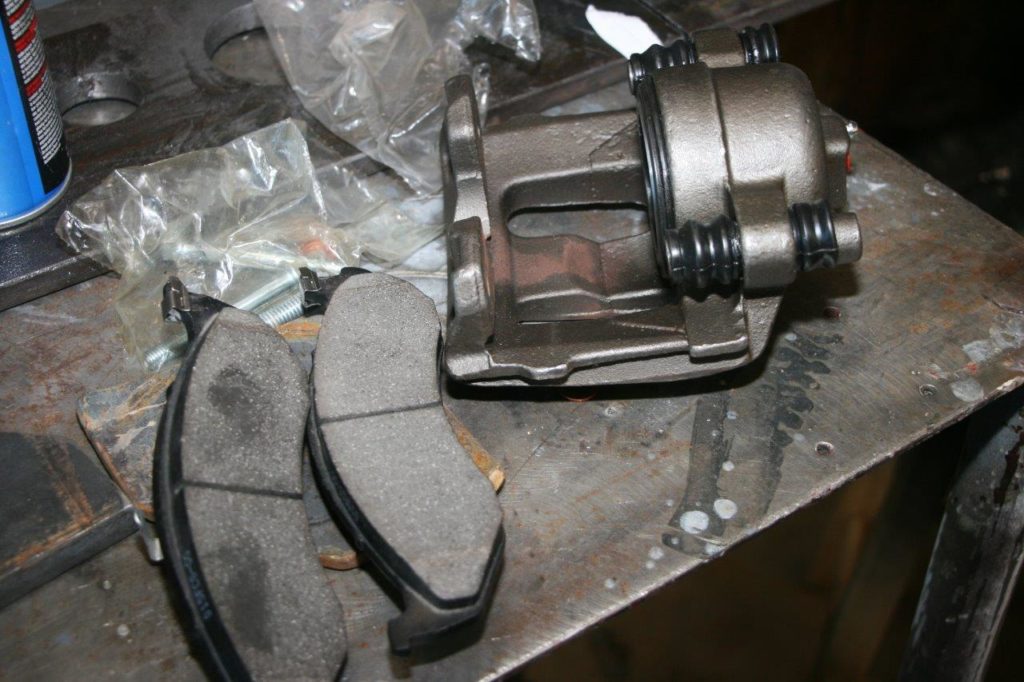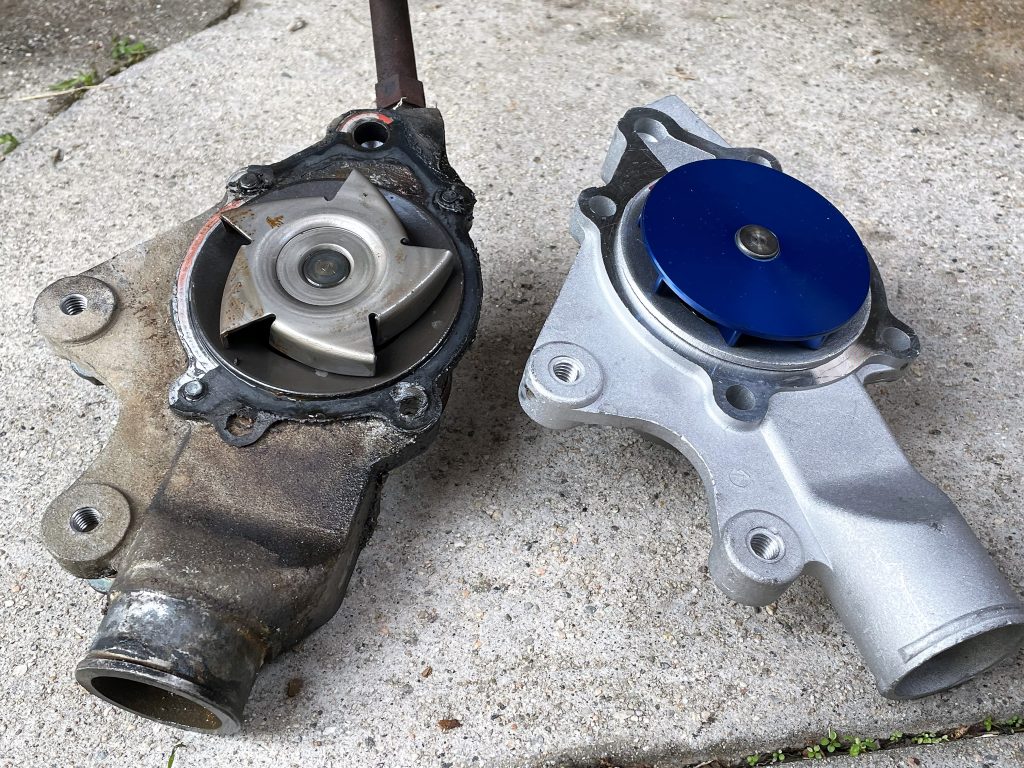Have you ever shopped for automotive parts? You’re here, so we would assume so. It would be a little weird if you hadn’t, honestly.
Anyway, assuming you have, there is a very good chance you’ve been billed a core charge before. But do you understand what a core charge is? For that matter, do you know what a “core” is?
If not, we can understand. We also understand why you might be hesitant to ask. Comprehension of certain topics often feels so omnipresent in the auto enthusiast space that people avoid them for fear of generating eye rolls and smarmy responses. Core charges and wiper blade installation sit right near the top of that list.
If this is you, do not worry. We’re in the business of educating, not assuming—except for when it comes to your shopping habits, of course.
***

What is a Core?
For those who don’t know, a “core” is simply an old part used to produce remanufactured parts. Certain parts are capable of being disassembled, cleaned, repaired and restored to their original function, giving them value even after they’re no longer working correctly.
Using remanufacturing to give old parts a second life on a new vehicle often is cheaper and more efficient than building an entirely new part. It’s also an excellent way to reduce your environmental impact, along with automotive parts recycling.
***
What is a Core Charge?
A “core charge” is a common fee tacked onto the selling price of certain new parts to encourage customers to trade in similar used and worn-out components. Depending on where you buy the part, the core charge might appear separately on the bill of sale or invoice, or it might be built into the price of the new part.
It might be easiest to think of the core charge like a security deposit you pay when renting an apartment. You pay the fee up front when buying the new part, and then when you return it in rebuildable condition the deposit is refunded to you.
The deposit (core charge) itself can be paid either with cash or with a qualifying core, which itself is treated like cash. This means calculating sales tax for the purchase generally involves combining the value of the cash paid and that of any core you traded in. It’s not quite the same as receiving a discount.
***

What Parts Comes with a Core Charge?
There are a wide range of parts that can include core charges, but some of the most common ones include:
- Air Conditioning Compressors
- Alternators
- Batteries
- Brake Calipers
- Brake Master Cylinders
- Brake Shoes
- Carburetors
- Cylinder Heads
- Power Steering Pumps
- Transmissions
- Water Pumps
***
If you’ve received a core charge from Summit Racing, it is easy to get your money refunded too.
Click here for a handy PDF that explains how the Summit Racing core charge/exchange process works.

Comments